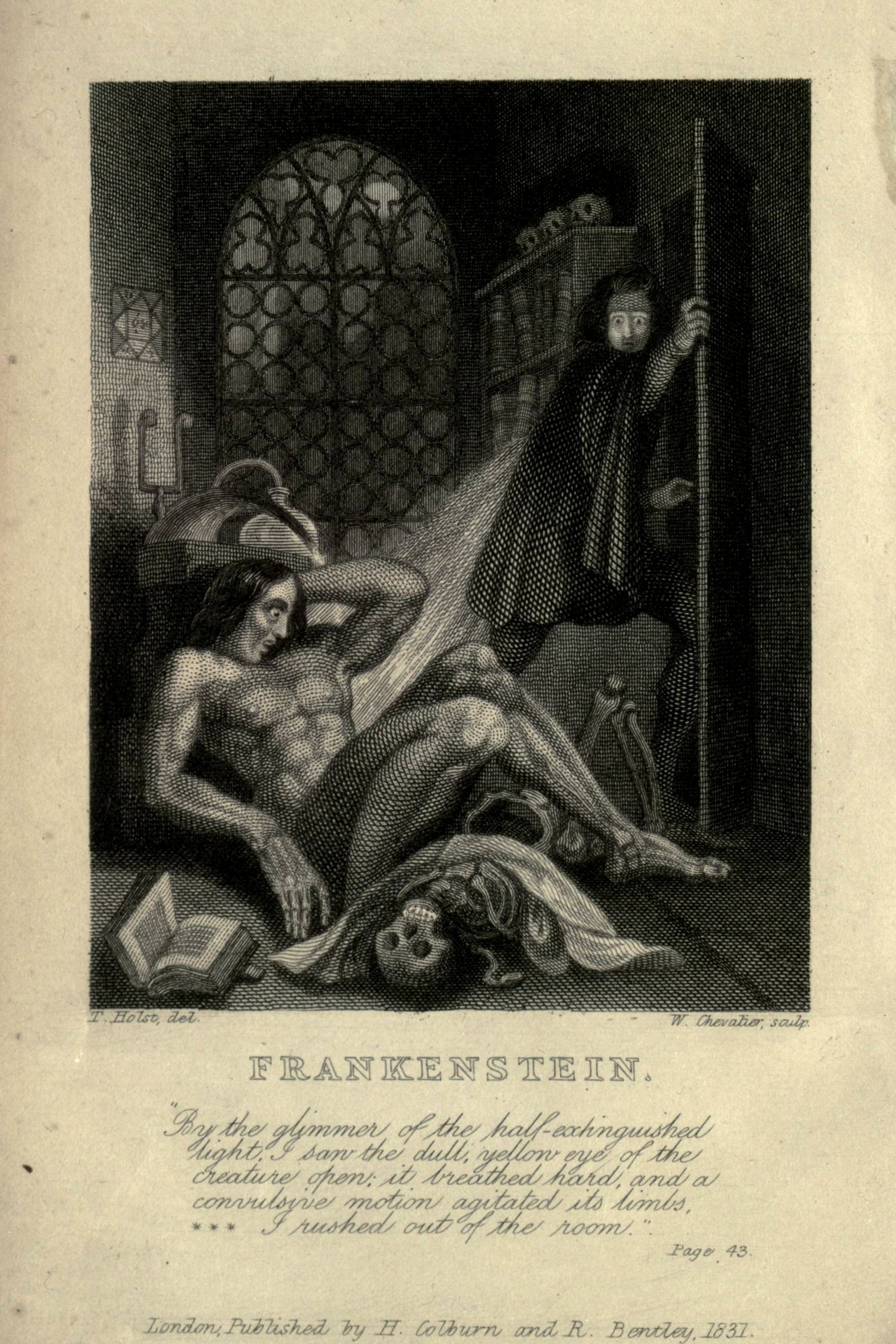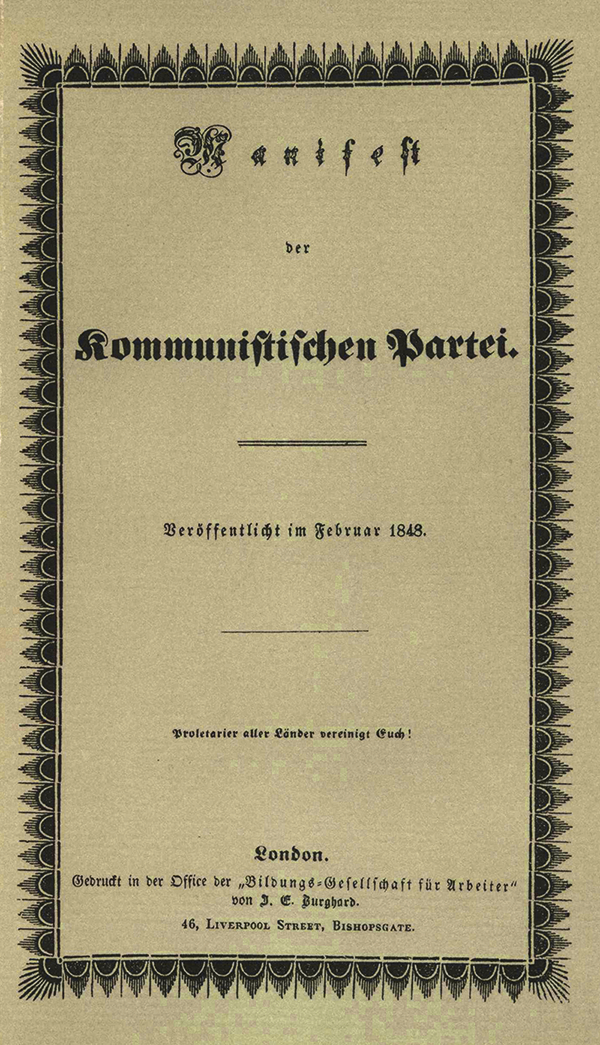We know the Industrial Revolution completely
changed the face of publishing and
how we share information and ideas
but…
what did they actually like to read?

Mary Shelley’s FRANKENSTEIN inside cover. (1818)
This is an interesting time for publishing actually, because the answer isa little of everything!
Gone are the days that stuffy bibles were the only thing deemed fit to be printed on paper (and good riddance, too!). This time period saw the rise of the novelist, the widespread publishing of the newspaper, the proliferation of satire and small run publications, and the democratization of knowledge through the easy dissemination of the scholarly paper to name a few.
In fact, many of the publications of the era are either revered as classics, or still in print! Modern news outlets such as The Times (1785), The Guardian (1821), and The Economist (1843) were all founded in the UK during this time period and have persisted ever since.
The Victorian and Edwardian periods also gave us many pillars of modern literature that are well-loved by not only classical readers, but people who enjoy collecting literary works they don’t intend to read so they appear intellectual.
Frankenstein (Mary Shelley, 1818), Pride and Prejudice (Jane Austen, 1813), Wuthering Heights (Emily Bronte, 1847) are but a few of the classic works of literary fiction from this time.

The original cover for the Communist Manifesto (Marx and Engels, 1848)
However, it wasn’t just news and novels! Some of the most influential collections of work in sociology, language and science would come from this period as well.
Karl Marx and Friedrich Engels put forth the Communist Manifesto (1848) urging workers to seize the means of production as the class and power disparities grew ever wider with the money being made through mass production.
The world would also be given one of the most influential textbooks of all time in the form of The Elements (Euclid, 300 BC), a textbook so widespread that the only book to have more editions printed is the bible itself! Indeed, the ease of publishing new scholarly works would prove to be such a powerful force that it would trigger the scientific revolution through the newfound ease of publishing findings and journals.
The entirety of the Greek classical canon also made it to print within 60 years of the invention of the press, continuing Europe’s longstanding artistic and intellectual fascination with the ancient empires of Greece and Rome.
An unexpected side effect of so many books making their way to print was actually the decline of Latin; local dialects and vernacular began to replace the language of the Romans, standardizing many languages through the supplementation of dictionaries such as Webster’s (1806). This had another snowball effect in that with books beginning to be written in a standard form, they were now easier for the common person to pick up and read. Literacy rates would skyrocket as the price of books plummeted from earlier levels, making reading an activity that many more could indulge in moving towards the future.

A portion of the original document containing Euclid’s The Elements. Certainly NOT in any shape to be disseminated amongst the masses.
In-class Lecture and Reflection
I think this is a hard time period to find something you aren’t interested in, honestly! There’s almost too much going on in terms of rapid advancement, so I’m not going to try and summarize the entire lecture, but will happily reflect on some particularly interesting key points.
Some of my favorite typefaces and decorative styles come from this era (indeed, one of my favorite books on type and design The International Cyclopedia of Monograms pulls entirely from this time period). This is also the age of engraving, featuring much of the incredible work of Gustave Dore, one of my favorite artists of all time.
Touching on the Japanese art movements at the time was actually a huge treat, as I’d gotten some background information about woodblock printing this summer but had no frame of reference to work from; that changed in lecture and I got to see where the Impressionist influences came from and just how well executed they were. These are things I’ll have to earmark for later study, they’re really cool!
Sources:
In-Class notes, lectures and handouts.
http://www.markedbyteachers.com/gcse/sociology/what-did-working-class-men-and-women-read-during-the-industrial-revolution.html
Diamond, Jared. Guns, Germs and Steel. W. W. Norton & Company New York, New York, 1999.
Images:
https://commons.wikimedia.org/wiki/File:Frankenstein.1831.inside-cover.jpg
https://en.wikipedia.org/wiki/Euclid%27s_Elements#/media/File:P._Oxy._I_29.jpg
https://en.wikipedia.org/wiki/The_Communist_Manifesto#/media/File:Communist-manifesto.png

Leave a Reply